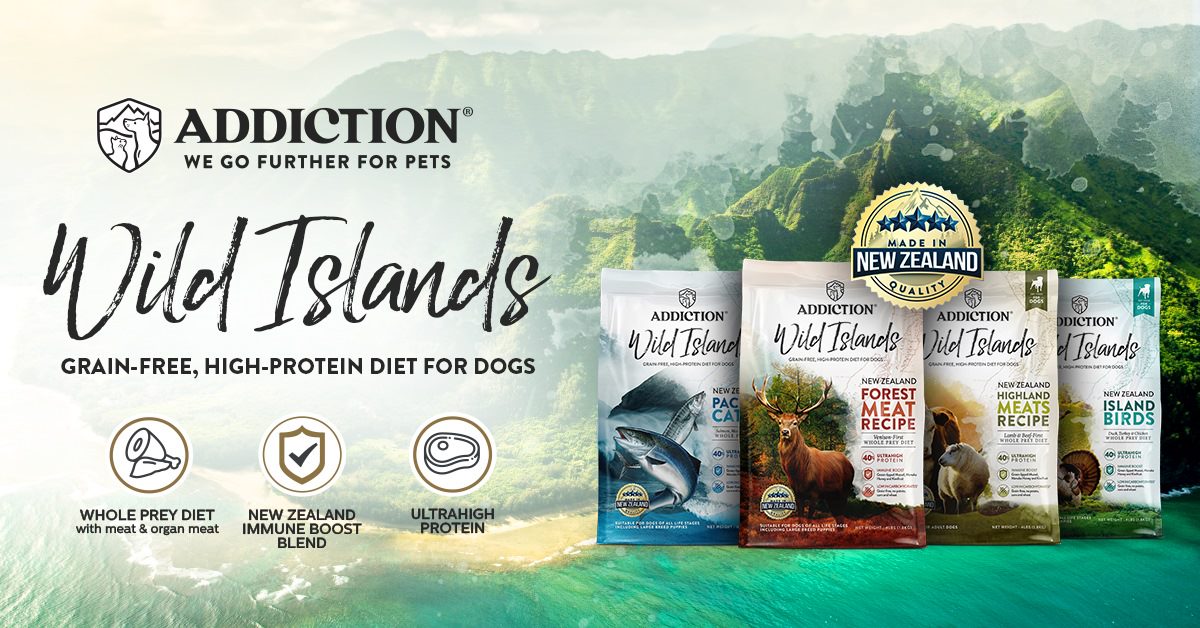Want to Transition Your Pet to New Food? Try These Tips

The nutritional needs of pets keep changing throughout their entire lives. For several reasons, many pet owners often find the need to make dietary changes for their furry friends. Unlike humans who enjoy any type of food without adverse reactions, adjusting your pet’s diet can be very complex.
Changing your pet’s food abruptly can upset their stomach leading to diarrhea, vomiting, or even loss of appetite. Consider making gradual changes when switching to a new food. Here are some of the tips on how to transition your pet to new food successfully in a way that doesn’t impact their health or comfort.
Why Change Your Pets Food?
There are many reasons you may want to switch your pet to a new food. Pet’s dietary needs change based on their activity level, dietary changes, life stage, and overall health. Do you think it might be the right time to transition your pet to a new food? Let’s find out!
- Dietary Deficiencies
You can easily tell whether your pet is lacking certain nutrients by checking on his weight and coat color. A growing pet needs to gain weight while an obese one needs to lose weight. Nutrition determines all these. Deficiency can also manifest in excessive drooling, excessive thirst, and lack of energy and enthusiasm.
- Life Stage
The nutritional needs of pets change as they grow older. There are three life stages when it comes to pet nutrition. The first is the kitten or puppy stage where you’re supposed to give your pet food mainly for growth and development. They require more proteins in their diet to enhance growth. Pets exhibit stunted growth if their nutritional needs are not met in this stage.
The second stage is adult life. This is where most pets are prone to obesity if improperly fed. You cannot feed a puppy kibble to an adult dog. You’ll need to transition from puppy kibble to adult and senior kibble. Check well on the ingredients of food labeled “all life stage” to avoid unknowingly delivering excess fats to your pet.
The third stage after adult life is the senior life stage. Most pets develop medical issues and dislike various foods in this stage. Your vet may recommend a dietary change, which you’ll have to adhere to.
- Allergic Reactions
Your pet may develop some allergies or sensitivity to some types of food. The signs of food intolerances are usually associated with stomach upsets like vomiting and diarrhea. Other pets may also develop itchy skin and coats.
- Overall Health
Generally, your pet’s nutritional needs may change depending on their health status and your vet’s recommendation. Your vet may advise you to feed more calories if your pet is underweight and vice versa.
- Level of Activity
A higher level of activity increases the amount of calories consumed. So, you’ll need to check on your pet’s diet based on his level of activity. Again, consult with your vet before switching your pet to a new food.
- Introducing a Variety
Pets are designed to eat a variety of foods. It’s important to switch your pets to new food while paying attention to their dietary needs and health as well. However, just because your pet likes new food doesn’t mean that you should introduce several foods abruptly at a go!
Adverse Reactions to a Change in Diet
Pets react to a change in diet in different ways. The most common type of adverse reaction to new food in most pets is dietary indiscretion that is manifested through diarrhea and vomiting. Other symptoms of dietary reactions include:
- Itching
- Loss of weight
- Lack of appetite
- Abdominal pain
- Agitation
- Avoidance of certain foods
Adverse reactions to a new food may as well result from food intolerance, food allergies, or food intoxication. Monitor your pet well during this period and consult with your vet if the symptom prolongs. Your vet may advise you to perform an elimination diet trial whereby your pet will only be prescribed a hypoallergenic diet.
It takes around 5 to 7 days for your pet to get accustomed to a new food. Otherwise, make sure you check all new food sources for offending ingredients.
Tips to Gradually Change
When introducing your pet to a new food, you have to do it gradually over several days to avoid any adverse reactions. Here is a good example of how you should slowly switch your pet to a new diet:
- Day 1 to 3- Blend 25% of the new diet with 75% of the old diet
- Day 4 to 7- Blend 50% of the new diet with 50% of the old diet
- Day 8 to 10- Blend 75% of the new diet with 25% of the old diet
- From day 11 going forward- 100% new diet!
Monitor your pet closely during this transition period. Some pets may adapt to the new food faster than others. Slow down the rate you’re switching your pet to the new food if you notice any adverse reactions like vomiting and diarrhea. This allows your pet’s digestive system to get used to the new diet.
Consider using probiotics or digestive enzymes in your pet’s new diet to facilitate food breakdown into digestible nutrients that are easier for your pet’s digestive system to process. You can try Kala health digestive enzymes pet supplements for the best results.
Product Recommendations
Making food choices for your pet may not be as easy as it seems. However, once you have a brand or a formula that works great to keep your furry friend happy and healthy, you can now start introducing the new food gradually to avoid adverse effects.
Here are some of the foods with minimal unfavorable effects that your pet will also definitely love.
- Jerhigh Grilled Chicken Pouch Wet Dog Food
This is a special diet for dogs exhibiting allergic reactions to some types of food. Jerhigh grilled chicken is free of any allergy-producing substances that may trigger allergic reactions in dogs. You can blend it with dry food for better performance.
- Addiction Le Lamb Dog Dry Food
This is also another hypoallergenic dry food that works well with allergic dogs. It’s recommended for all life stages. You can blend two parts of the Addiction Le Lamb with one part of wet food.
- Instinct Raw Boost Grain-Free Kibble Healthy Weight Recipe for Dogs
Try Instinct raw boost grain-free kibble if your pet is underweight. It’s a weight management formula that is well balanced with proteins, carbohydrates, and fats to enhance a healthy weight in pets.







